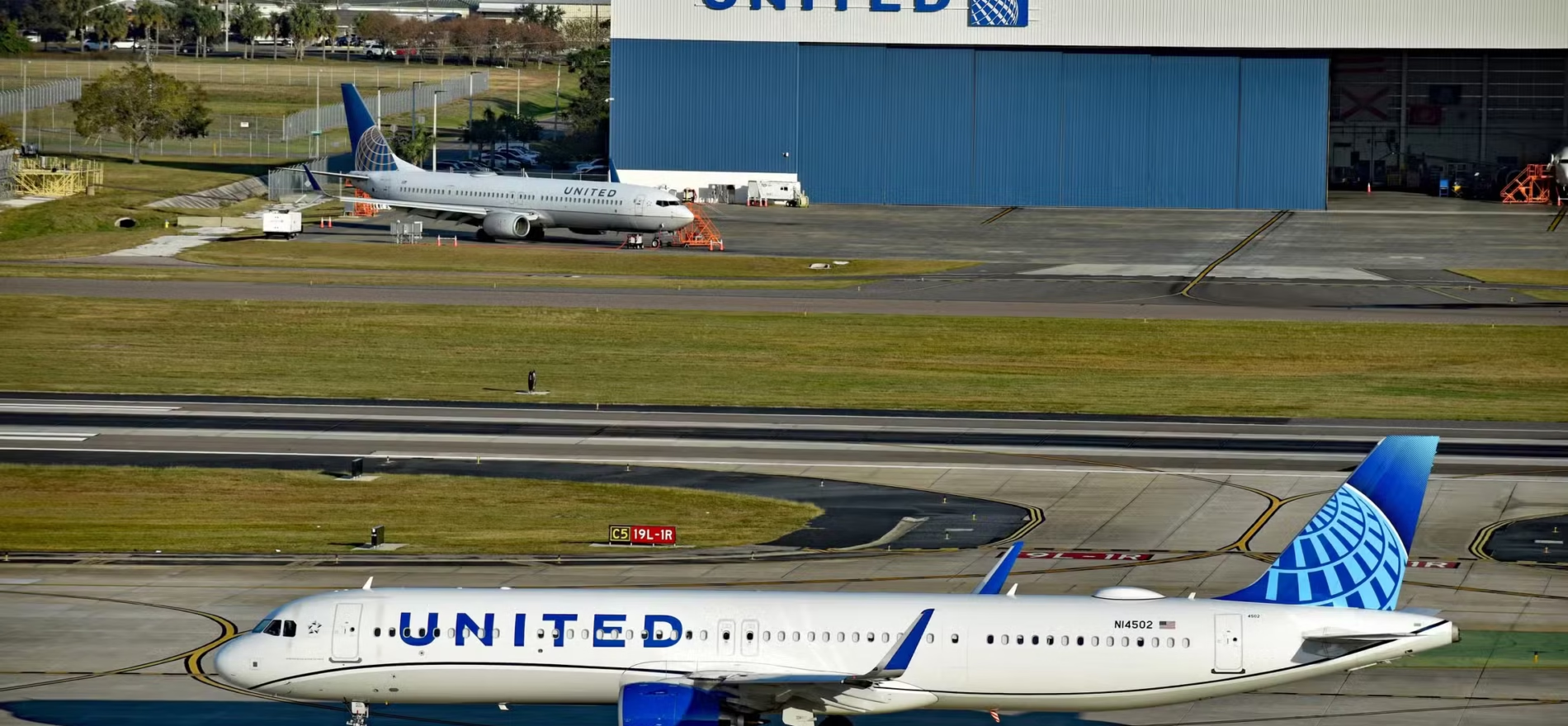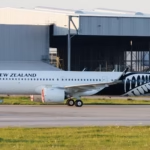United Airlines has ended Q1 with a record-breaking financial result, yet the airline highlighted a challenging macroeconomic environment that will result in capacity cuts as well as aircraft utilization adjustments in the second half of the year.
At the same time, unlike Delta Air Lines, which did not provide full-year guidance, United Airlines still expects to be profitable in a “stable” and “recessionary” environment, with the carrier also reducing its planned capital expenditures (CapEx).
Challenging Macroeconomic Environment
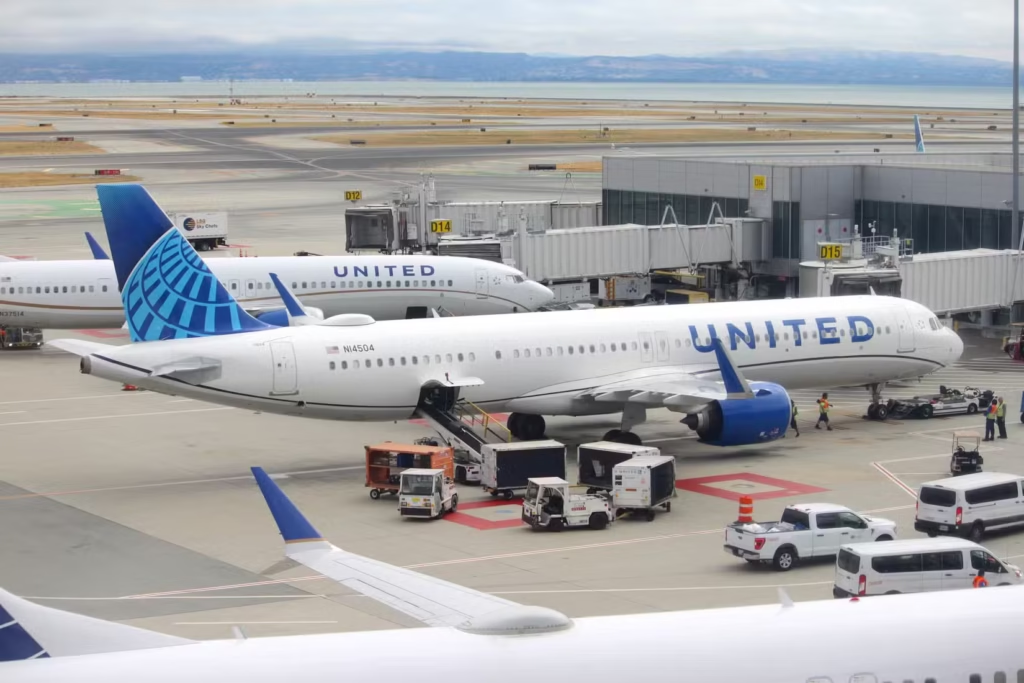
United Airlines said that its Q1 results were the best in the past five years, as the airline ended the three-month period with revenues of $13.2 billion, offset by operating costs of $12.6 billion (excluding special charges of $108 million) and net profit of $387 million, a massive improvement compared to Q1 2024’s net loss of $124 million.
During the quarter, the airline welcomed 40.8 million passengers, or 3.8% more than in Q1 2024, with its capacity, measured in available seat miles (ASM), growing by 4.9%. Load factors decreased from 80.1% in Q1 2024 to 79.2%, largely down to a dent in the carrier’s domestic load factors, which decreased by 3.4% YoY to 80.3%. On international flights, United Airlines flights, on average, were 77.8% full, an improvement of 1.8%, further underpinning the airline’s executives’ statements that Southern Europe, for example, is becoming more of a round-year destination with fewer seasonal peaks and valleys.
Scott Kirby, the Chief Executive Officer (CEO) of United Airlines, reiterated that the airline’s strategy coming out of the pandemic was to build the best airline in the world to attract brand-loyal customers as laid out in the ‘United Next’ plan. Kirby praised the carrier’s employees for executing that plan and building United Airlines into what it is today, with the plan continuing to be on track, enabling the company to thrive in any demand environment.
“It has given us industry-leading margins in the good times and we expect to expand our lead further in challenging economic times. Our ability to win brand-loyal customers and the resiliency of our business is a competitive advantage, and we are accelerating our investments in our product, service, technology, and experience to further expand that lead.”
Adding More Than 75 Aircraft
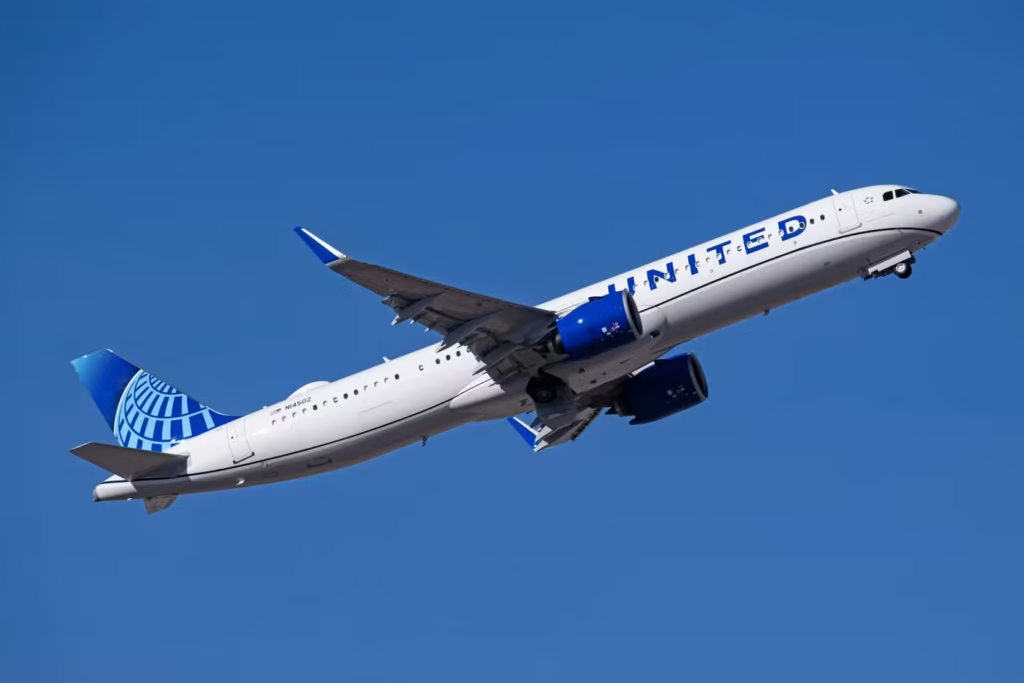
The carrier’s Q1 report also detailed that between the end of Q1 2024 and Q1 2025, it added 76 aircraft to its fleet, as United Airlines’ aircraft count grew from 1,366 at the end of the former period to 1,442 at the end of this year’s first quarter. As mentioned before, its YoY capacity growth in ASMs was 4.9%.
Nevertheless, yields improved only slightly, as the carrier’s Q1 average yield per revenue passenger mile (RPM) was 19.93¢, compared to 19.70¢ in Q1 2024. Total revenue per ASM (TRASM) was 0.5% higher YoY at 17.58¢, while the average stage length decreased to 1,454 miles (2,339 kilometers), a decrease of 1.8% YoY.
In terms of costs, the airline’s cost per ASM (CASM) decreased by 3.4%, with CASM excluding fuel (CASM-ex) being 13.17¢, or 0.3% higher YoY. At the same time, CASM-ex would be lower if not for special charges, which drove up costs per seat mile by 0.14¢. However, the decrease in expenses was primarily driven by lower fuel prices, as United Airlines paid an average of $2.53 per gallon, 12.2% lower than during Q1 2024. In comparison, the average fuel price per gallon was $2.40 in Q4 2024 and $2.65 in 2024.
Early Retirements And Lower CapEx
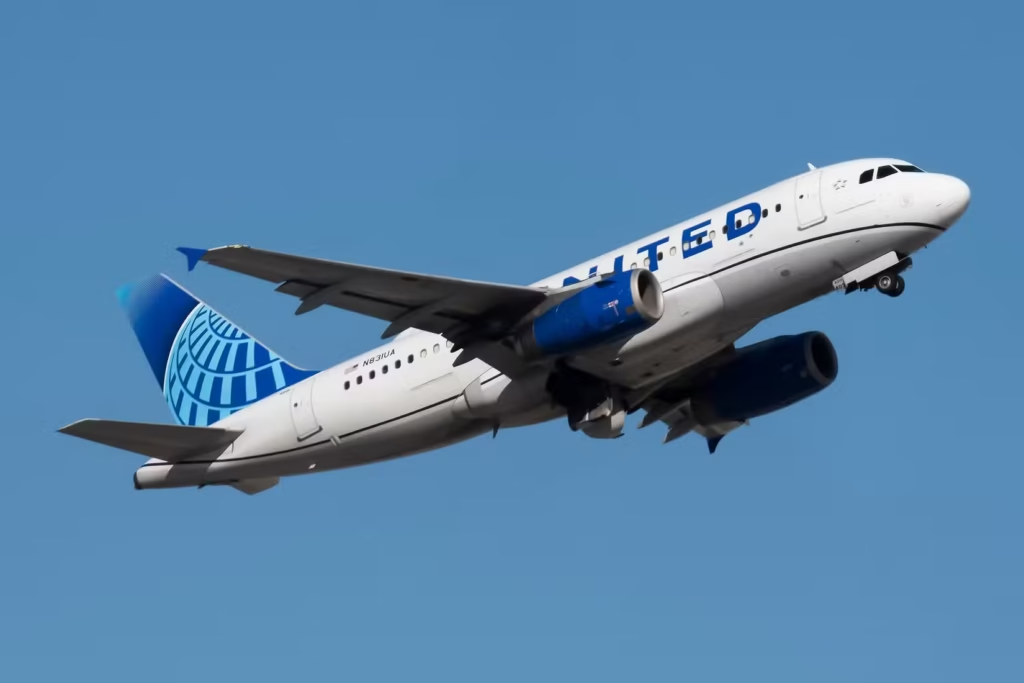
While United Airlines said that it believes it has a competitive advantage in that it wins brand-loyal customers, making it resilient in any economic environment, the airline is still slashing domestic capacity by 4% in Q3. In addition, it is also recalibrating its asset utilization, flying fewer itineraries during off-peak days of the week, with the approach continuing into Q4.
Furthermore, as Kirby disclosed previously, the carrier will be retiring 21 aircraft early, which, despite the early retirement, will be a cash-positive development in 2025 since it would have had to spend over $100 million on engine overhauls on the 21 jets, according to the CEO, who detailed the planned fleet reductions at the J.P. Morgan Industrials Conference in March.
As such, its guidance for the full year is now two-fold: its adjusted diluted earnings per share (EPS) could either be from $11.50 to $13.50 in a stable environment – the same EPS guidance was provided in a previous investor update with its Q4 results – or from $7 to $9 in a “recessionary environment.” Its estimated Q2 EPS ranges between $3.25 and $4.25, while the full-year CapEx is slightly below the previous guidance of less than $7 billion and was now estimated to be less than $6.5 billion in 2025.

